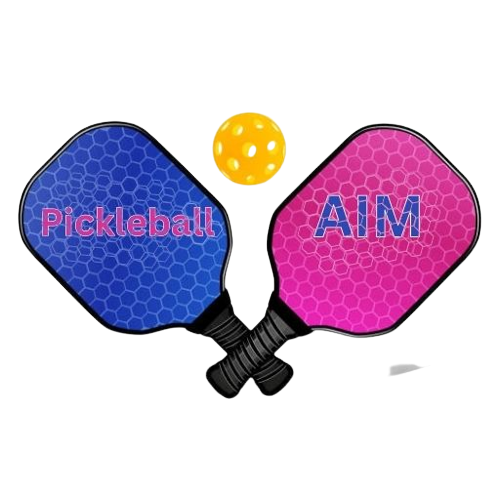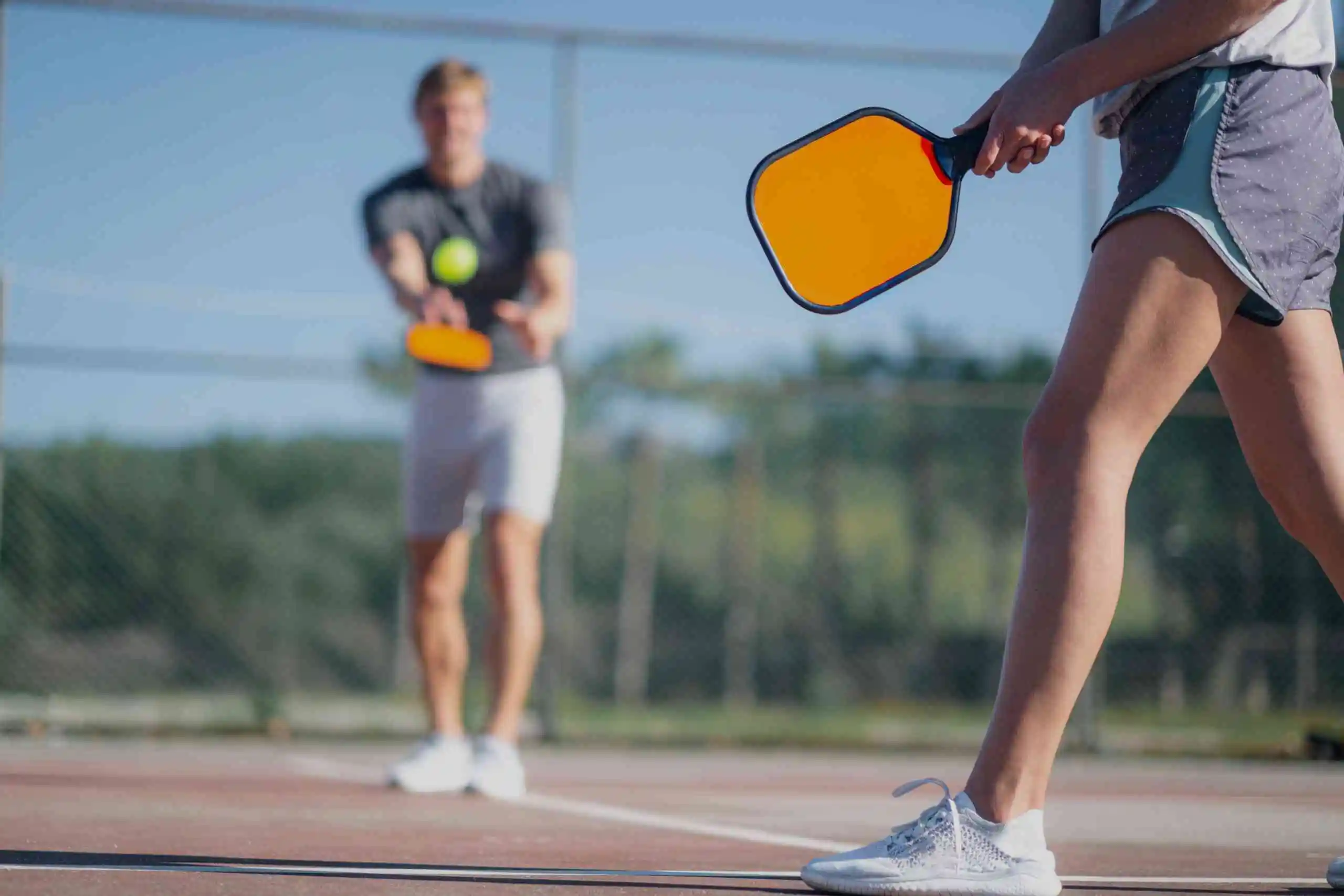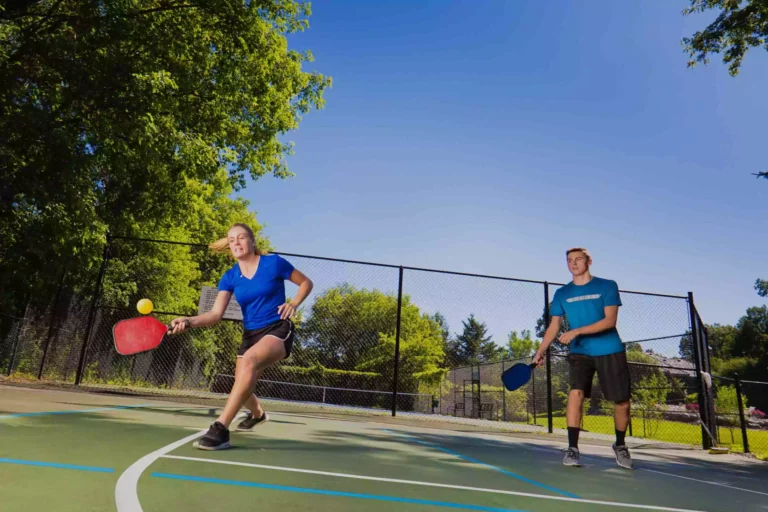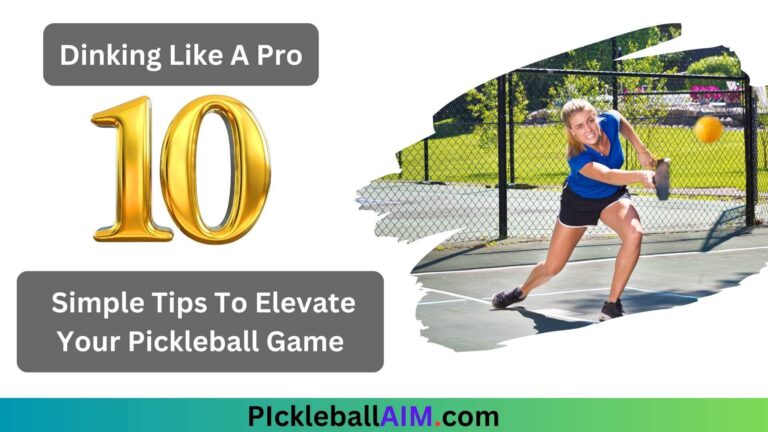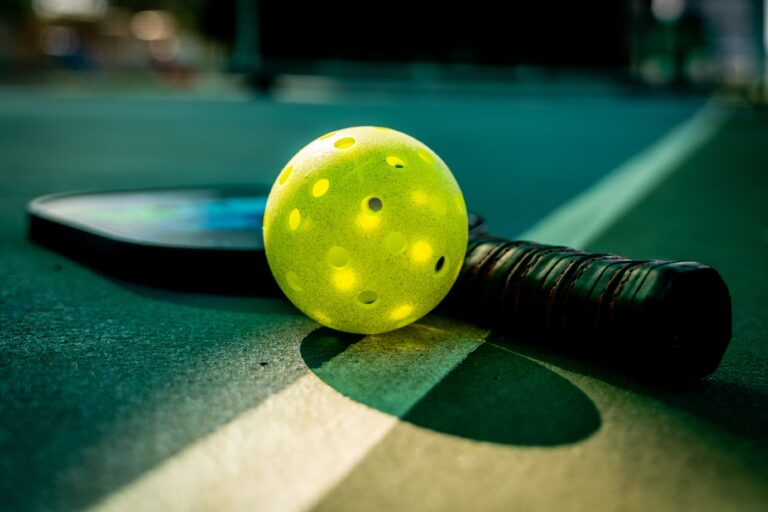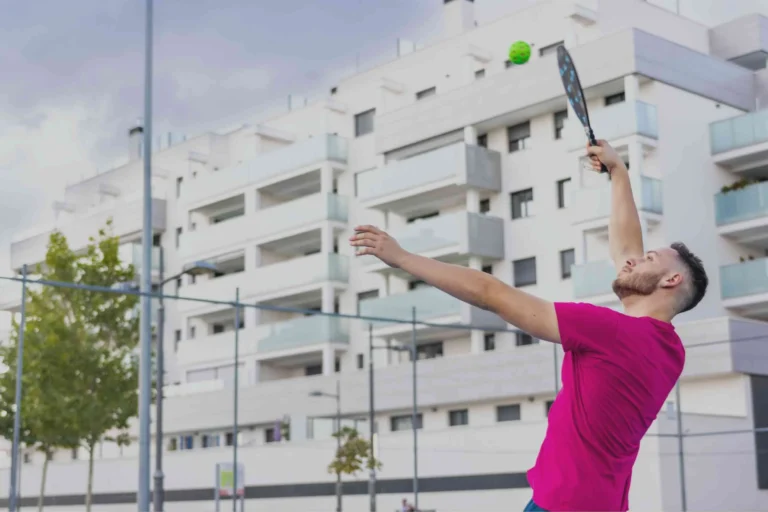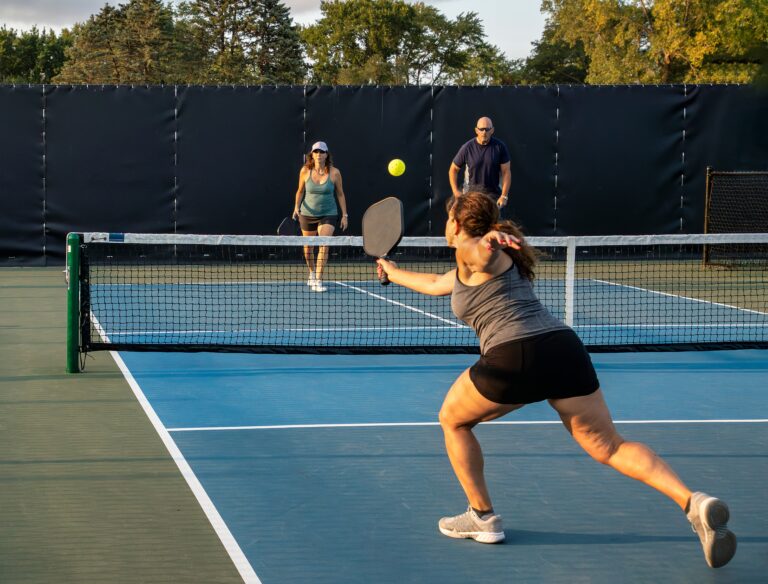Beginner’s Playbook: Core Strategies to Jumpstart Your Pickleball Game
Pickleball is a rapidly growing sport that combines elements of tennis, badminton, and ping-pong, making it accessible and enjoyable for players of all ages and skill levels. If you’re just getting started, understanding some fundamental strategies can significantly enhance your gameplay and enjoyment. This blog post will explore essential strategies for pickleball beginners, covering positioning, shot selection, and court awareness.
Understanding the Basics of Pickleball
Before diving into strategies, it’s crucial to grasp the basic rules and objectives of pickleball. The game is played on a court similar to a badminton court, with a net that’s slightly lower than in tennis. Points can only be scored by the serving side and are played to 11, 15, or 21, with a two-point advantage needed to win the game.
1. Mastering the Serve and Return
Serve Smart: Your serve in pickleball should be reliable and difficult for the opponent to attack. Practice a low, deep serve that lands near the baseline. This minimizes your opponent’s ability to gain an aggressive advantage from the start. Remember, consistency is key for beginners, so focus on getting your serve in rather than trying for power.
Effective Returns: Just as with the serve, your return should be deep, aiming for the back third of the court. This gives you time to approach the non-volley zone, also known as the kitchen, and set up for the next shot. A deep return can also push your opponents back, making their next shot more challenging.
2. The Importance of the Non-Volley Zone
The non-volley zone, or the kitchen, is a critical area of the court in pickleball. Effective play in this zone often determines the outcome of points.
Positioning: Try to move forward to the kitchen line quickly in each point. Playing from this line gives you the best chance to hit balls at their highest point, reducing the effectiveness of your opponent’s shots and increasing your ability to hit downward into their court.
Control the Kitchen: Control over the kitchen allows you to make shorter, more precise shots that are harder for opponents to return. Practice dinks—soft shots that land in the opponent’s kitchen. These shots are not about power but about placement and making it difficult for your opponent to hit an aggressive shot in response.
3. Shot Selection and Strategy
Keep It Simple: As a beginner, focus on making consistent, straightforward shots. Avoid overhitting and aim for the middle of your opponent’s side to reduce errors.
Utilize the Lob: The lob can be a useful shot in pickleball, especially if your opponents are playing aggressively close to the net. A well-placed lob over their heads can force them to scramble back, potentially leading to an easy point.
Develop a Soft Game: Learning to play soft shots, like dinks, will make you a formidable player. The soft game is about finesse and placement, trying to outmaneuver your opponent rather than overpower them.
4. Court Awareness and Communication
Know Your Surroundings: Always be aware of where you are on the court and where your opponent is positioned. This awareness helps in making better strategic decisions about where to place your shots.
Communicate in Doubles: If you’re playing doubles, communication with your partner is vital. Call out shots that are yours, alert your partner to shifts in opponent positioning, and discuss strategies during breaks to improve cohesion.
5. Practice and Patience
Consistent Practice: Regular practice is the key to improvement. Spend time working on your serves, returns, and soft game. Use drills to enhance your accuracy and consistency.
Be Patient: Skill development takes time. Celebrate small victories and set realistic goals for your progress.
Starting pickleball can be immensely rewarding. By mastering these basic strategies, you’ll find that your game not only improves but also becomes more enjoyable. Remember, the core of pickleball strategy is simplicity and consistency. Focus on placing your shots well, controlling the kitchen, and being aware of the court dynamics. With these strategies, you’ll quickly move from a beginner to a skilled player, ready to take on more complex techniques and opponents. Grab your paddle, and see you on the court!
